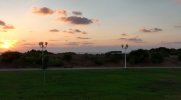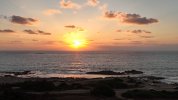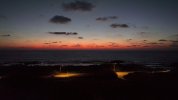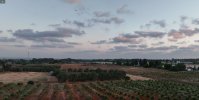Hello, I wanted to ask about ways to properly fly the MAVIC 3 because it is a very expensive drone.
Is the MAVIC 3
Sensitive to dust and sand that will get inside the components, or the sensor of the camera
Or does he have protection.?
In which areas it is advisable to fly and in which areas it is not advisable to fly this drone.
,
Perhaps the most problematic is the sea
Because the sand is very salty.
,
I have a large mirror surface.
Maybe it's better to build for him
Elevation device
Elevation of a meter or 1.5 meters.
In order to prevent the entry of dust during takeoff and landing.
Is the MAVIC 3
Sensitive to dust and sand that will get inside the components, or the sensor of the camera
Or does he have protection.?
In which areas it is advisable to fly and in which areas it is not advisable to fly this drone.
,
Perhaps the most problematic is the sea
Because the sand is very salty.
,
I have a large mirror surface.
Maybe it's better to build for him
Elevation device
Elevation of a meter or 1.5 meters.
In order to prevent the entry of dust during takeoff and landing.















